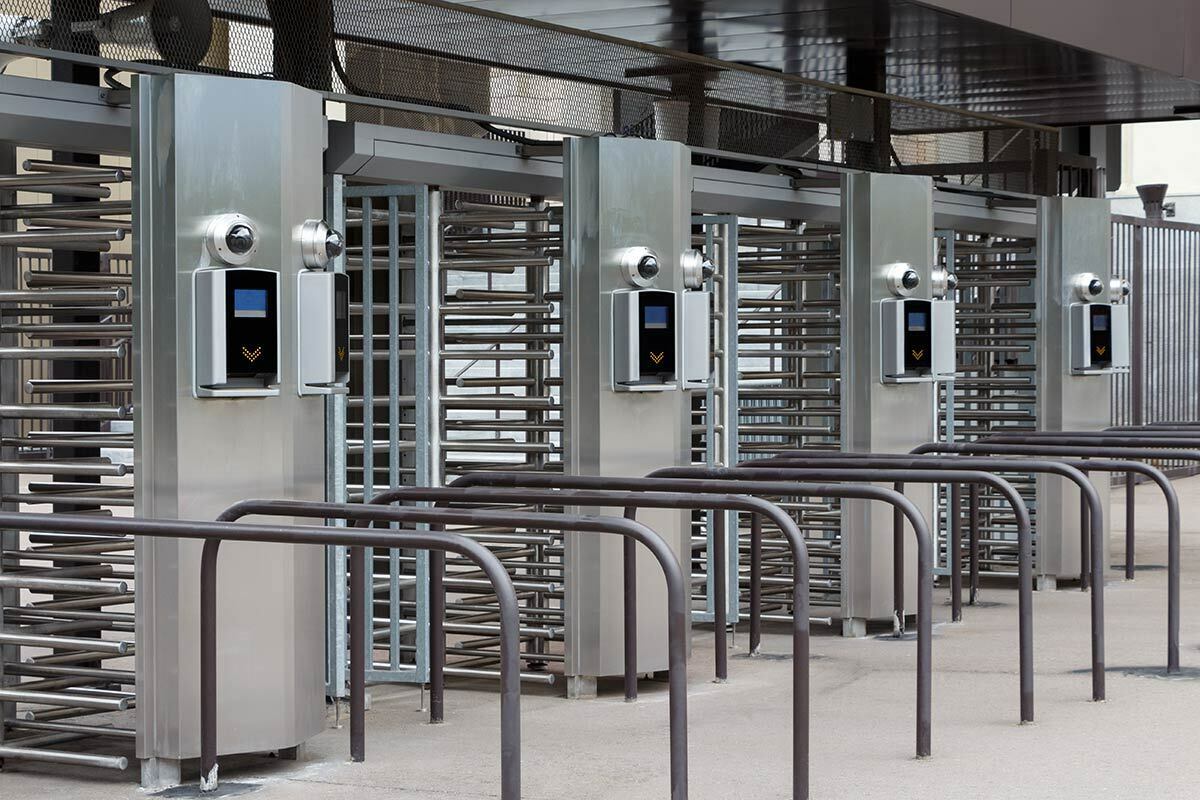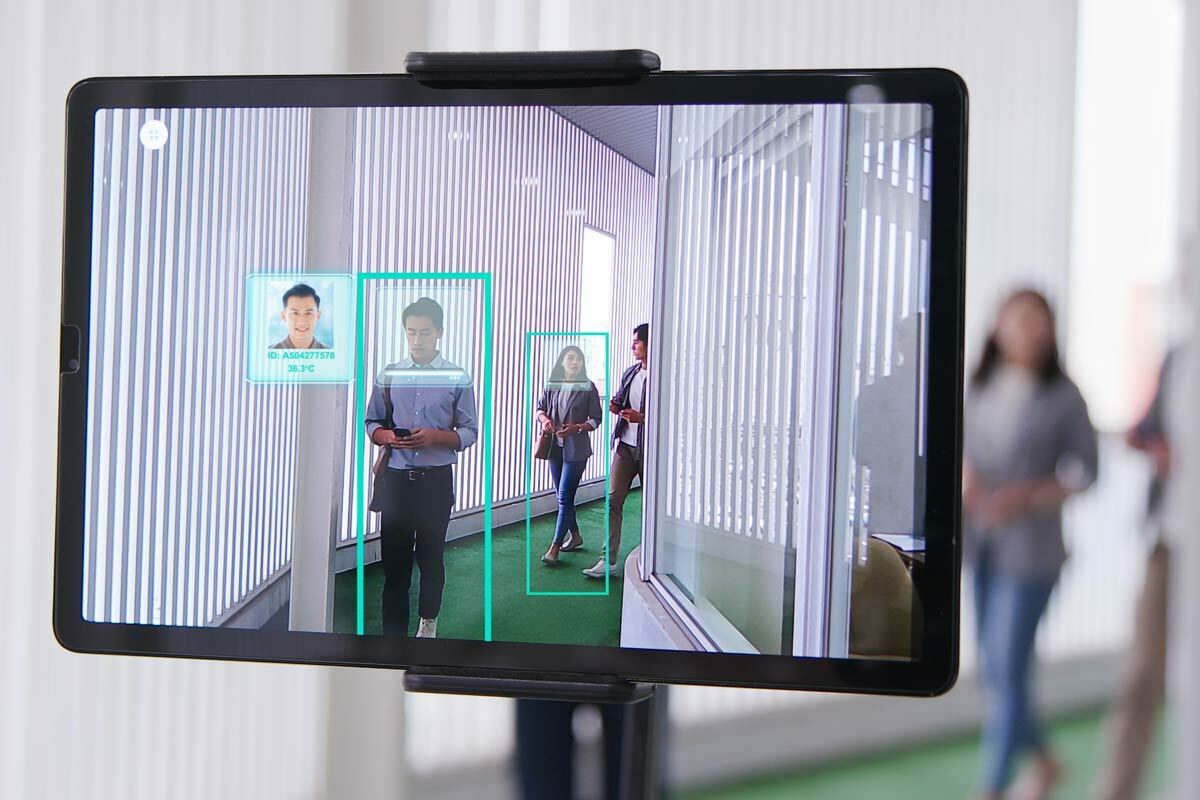Access control is a fundamental element in safeguarding both physical and digital environments. Integrating vision AI has significantly advanced access control systems, offering a level of automation and intelligence previously unattainable. Especially for biometric access control systems. Yet, the challenge remains: How can we speed up verification without compromising accuracy? More specifically, how do we reduce false positives and negatives?
This blog explores the current and future state of AI access control, the pivotal role of verification speed, and a method to increase verification speed without increasing false positives in security.
The Evolution of Vision AI in Access Control
At present, vision AI applications in (biometric) access control systems are primarily used for identification and verification, and sometimes for motion detection and behavior analysis. With technologies like facial recognition, object detection and anomaly detection, we've moved from reactive to proactive security measures. Looking ahead, we envision a more sophisticated integration of AI in access control, where adaptive learning algorithms can predict potential security breaches before they occur, and personalized access protocols cater to the unique security requirements of individual users or entities.

The Critical Importance of Speed in Verification
In today’s fast-paced world, rapid verification in access control is not just a convenience; it's a necessity. Delays in access verification can lead to bottlenecks in high-traffic environments, disrupt operations, and degrade the user experience. More critically, the speed at which individuals can be verified and granted access can be a matter of life and death.
Low speed of processing and available performance headroom of the equipment used may increase the risk of missing detection of people or objects due to an inability to use more advanced and more reliable image processing, such as using the latest neural networks, such as YOLOv8, picking the best picture from several, alignment, and real-time matching.
Why Accuracy Matters Too
Every millisecond saved in the verification process enhances the user experience and operational efficiency. However, every incorrect decision made by the system — be it a false positive or a false negative — undermines trust in the security framework and can cause delays itself. High traffic environments, such as airports, commercial buildings, and public events, require a solution that combines high-speed, high-accuracy verification to maintain security without disrupting the flow of movement. The goal, therefore, is a verification process that is not only fast but also reduces false positives and false negatives in security to the absolute minimum.

The Challenge with Current AI Accelerators
Current AI accelerators have made significant strides in improving the efficiency of running vision AI models. However, they often face a trade-off between speed and accuracy, as they commonly deploy 8-bit integer inference arithmetic instead of 32-bit floating-point full-precision. High verification speeds can sometimes result in increased false positives and negatives, as the security and surveillance systems may not spend enough time analyzing the data to make accurate decisions. This is particularly problematic in access control, where errors can either compromise security by allowing unauthorized access or hinder operations by denying access to legitimate users. Therefore, eliminating false negatives and false positives in machine learning used for automatic identification is important.
Fortunately, Axelera AI solved the challenge of reducing precision of the mathematical computations without any practical accuracy loss, eliminating the false positives in security processes produced by vision AI accelerators.
The exceptional performance and accuracy of the Axelera AI acceleration platform have significantly fueled our collaborative efforts. Its unmatched performance-to-price ratio, surpassing traditional GPUs and dedicated AI processing units, has been critical in our selection process. We are confident that leveraging their state-of-the-art YOLO performances will empower us to tackle new challenges in our current and future video analysis applications.
Alexandre Perez, R&D Director at XXII.
How We Accelerated Vision AI Applications Without Accuracy Loss
To address the challenges outlined above, our engineers took a radically different approach to data processing. By combining Axelera’s proprietary digital in-memory computing technology (D-IMC) and a unique post-quantization method, Axelera has created the Metis AIPU – the most powerful AI accelerator for the edge you can buy today. Its unmatched efficiency and accuracy redefine the standard for AI access control. The technology ensures that vision AI models run with the same accuracy as PCs or GPUs (FP32 equivalent), but at significantly lower cost and power consumption while delivering the highest level of accuracy to minimize false positives and negatives. It can make biometric access control systems not only efficient but also highly reliable.



